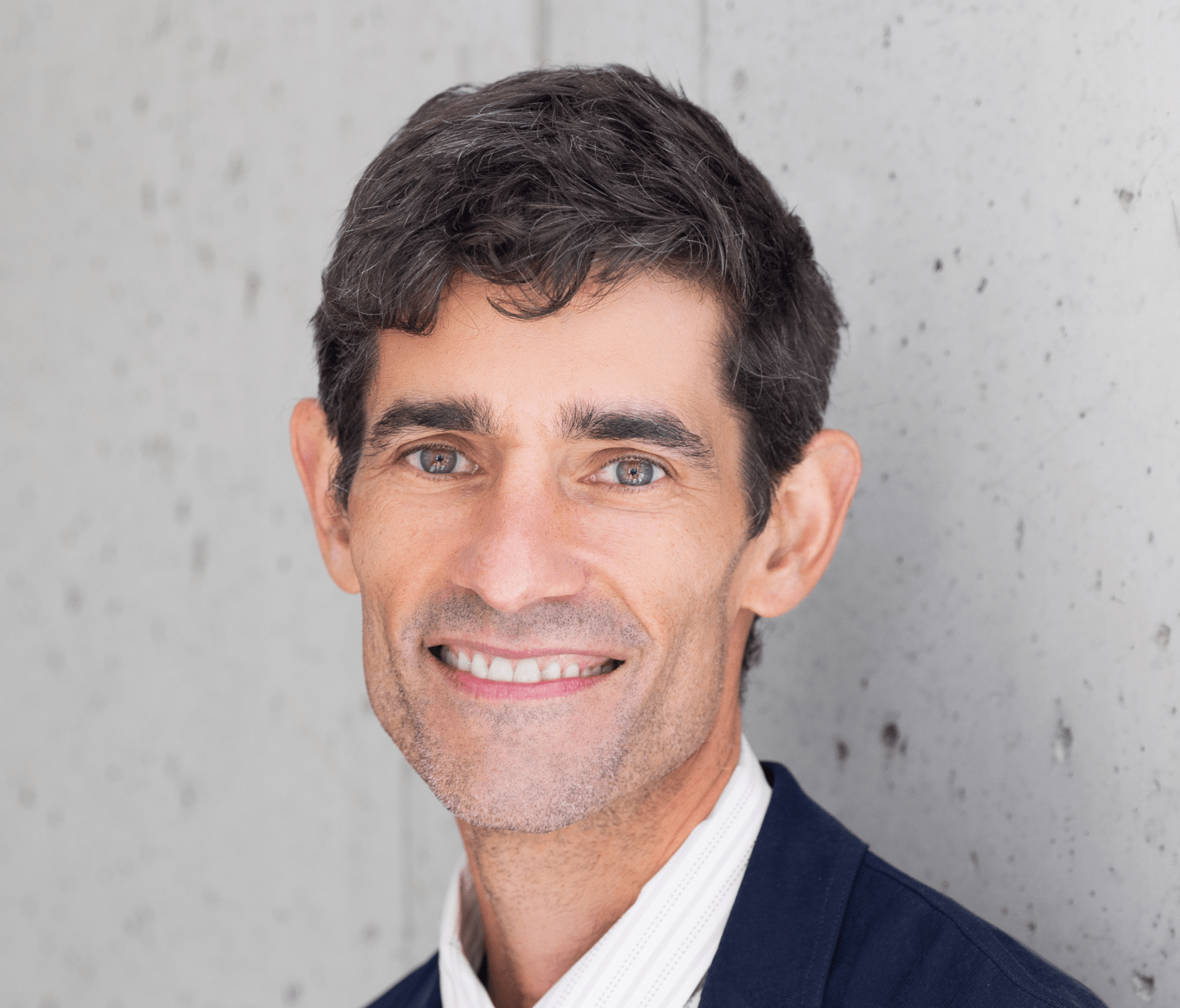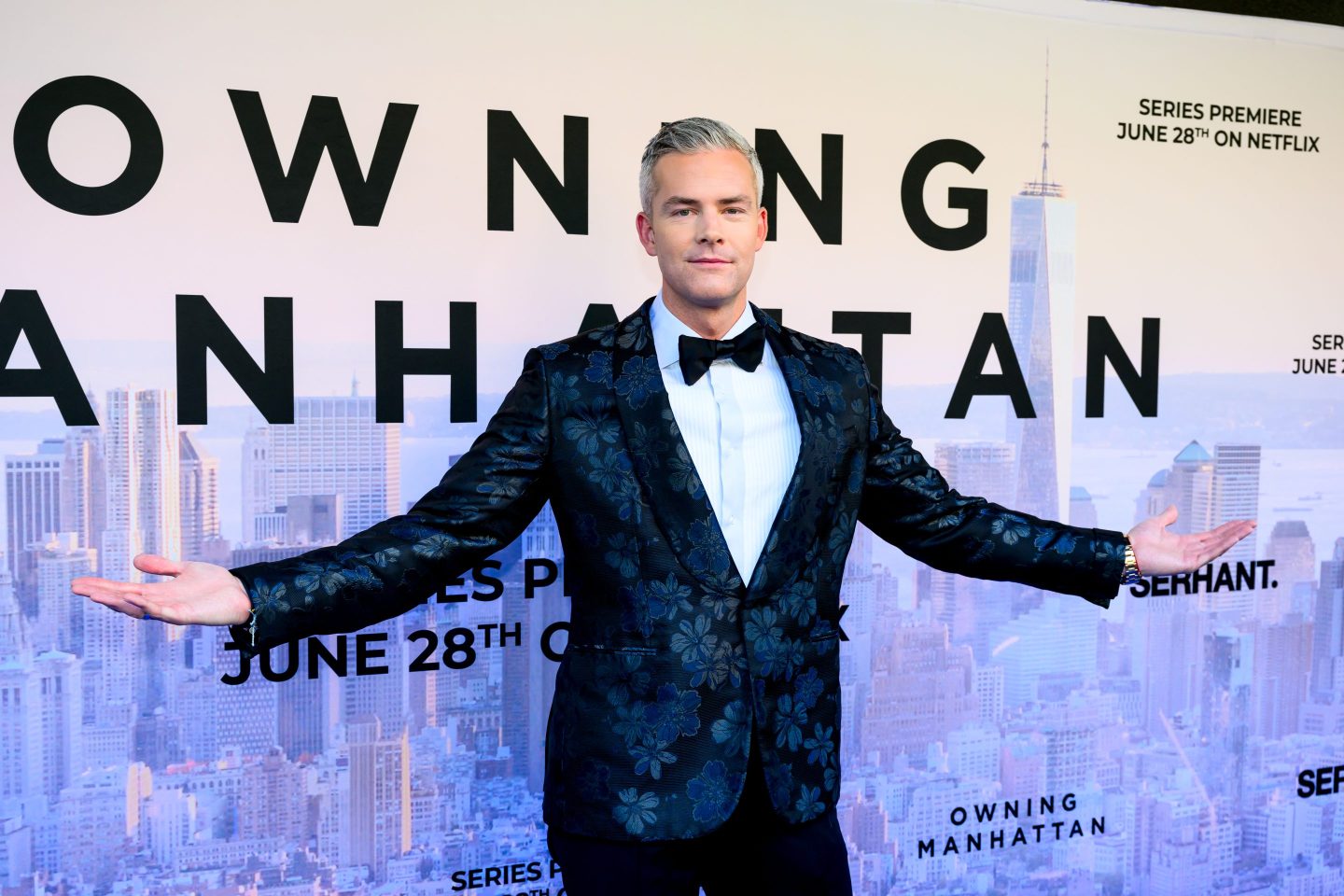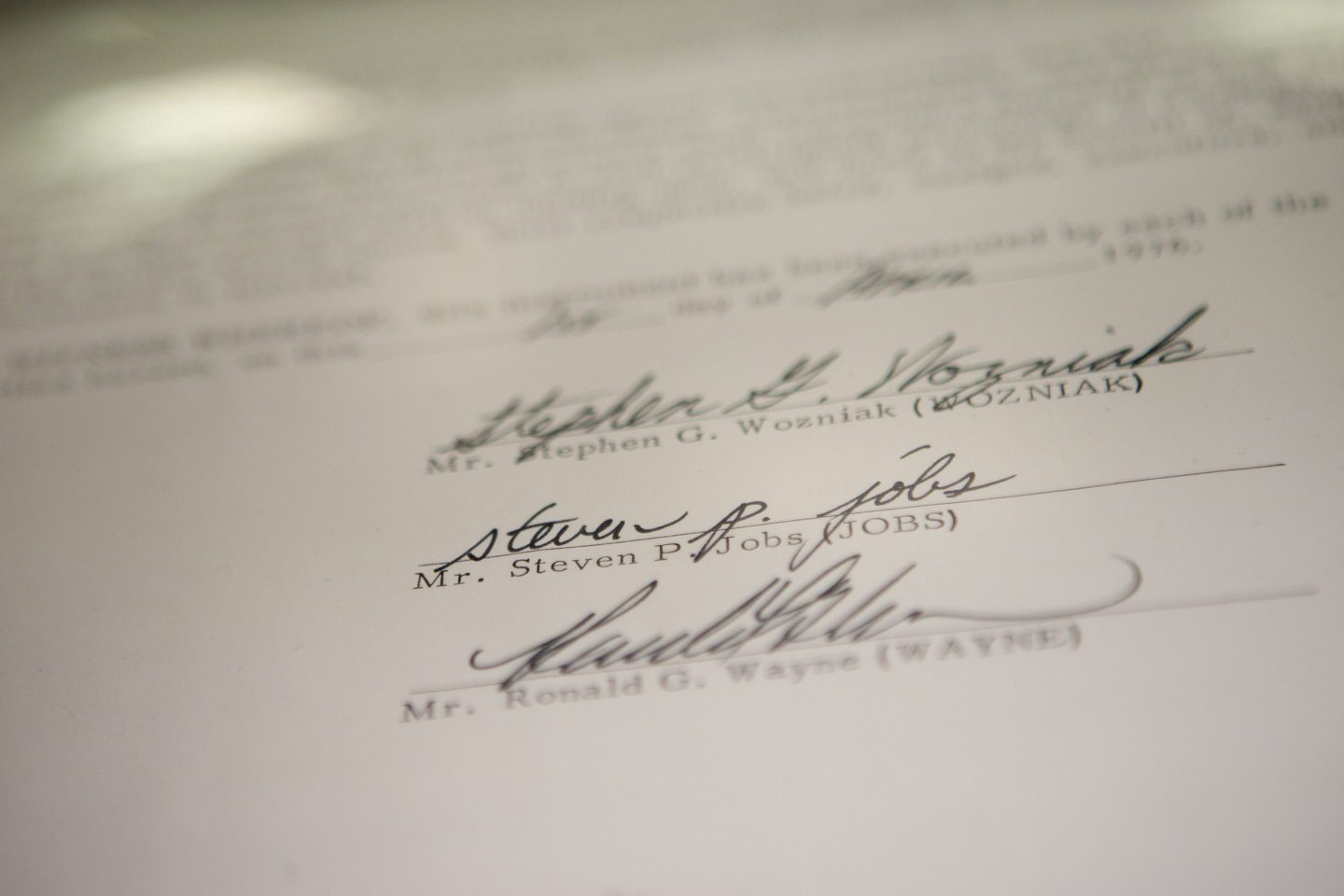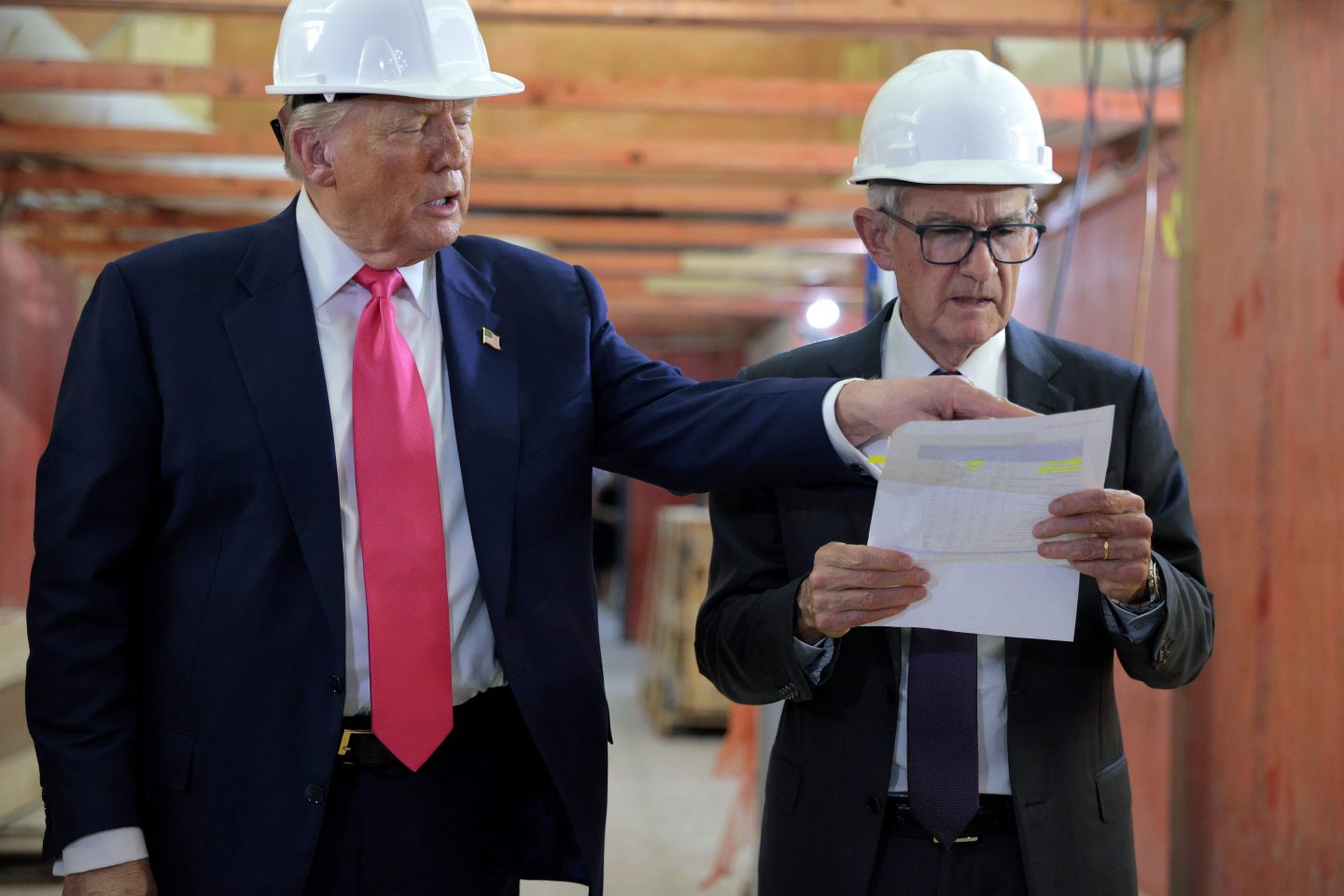Tent designer Martin Zemitis still remembers the day when a stocky mountaineer came into his workshop asking for a shelter that could withstand camping overnight on the summit of Mt. Everest.
“I rolled my eyes,” Zemitis told Fortune.
As one of the most respected names in expedition tent engineering, Zemitis figured the guy had to be joking. No tents or people that he knew of were likely to survive a night braving the high winds, extreme weather, and thin air atop the world’s highest peak. At 29,031 feet, the Everest summit stands well within mountaineering’s notorious “death zone”: an altitude where oxygen is so scarce, human life can’t be sustained for more than a short time.
Clash with marketing
But the barrel-chested Nepalese climber, Babu Chiri Sherpa, then 33, convinced Zemitis he was serious. So Zemitis and a colleague dropped everything and worked a week flat-out to make the tent. Their employer, the outdoor gear brand Mountain Hardwear, wasn’t pleased, he said, adding, “Their marketing department was so upset with me, saying, ‘Martin, you just built the world’s highest coffin.’”
It wouldn’t be the last time Zemitis’ design prowess placed him at odds with marketing people. Zemitis spent decades designing gear for The North Face and Sierra Designs before helping to found Mountain Hardwear. And this friction—between high-altitude ideals and the pull of mass-market sales—ultimately drove him to launch his own brand in 2010. Zemitis called his tiny tent company SlingFin. He once said he builds products for the sort of people who spend their nights “a millimeter of fabric away from freezing to death.”
SlingFin prides itself on having “no suits, no ‘bean-counters,’ and no pressure to maximize profit at the expense of quality.” Zemitis refuses to design gear around arbitrary price points or buying fads. But SlingFin, which today consists of Zemetis and two other guys, still needs to earn enough money to pay those guys. Which means this anti-marketing company had to make its own unique peace with, you know, selling stuff. It did so by crafting a message that convincingly conveys the value of SlingFin products to a unique set of dedicated, diehard customers.
“ People who are looking for the highest-performing equipment at the lowest possible weight” is how SlingFin’s marketing lead, Tim Hunt, describes these customers. They aren’t roasting marshmallows at the local campground. They’re arctic explorers, mountaineers, ultralight backpackers. As Hunt puts it, “Basically people for whom tents are safety gear.”
The method behind the company’s customer messaging holds lessons for other small businesses that lack the temperament—or budget—for more traditional marketing.
”When it comes to these concerted strategic marketing pushes that require a team of people or a ton of ad spend, we’re never gonna be able to compete with the larger companies,” said Hunt, who also handles product development, customer service, and wholesale account management at SlingFin. “You know, those companies have teams of people doing a quarter of my job.”
For SlingFin, any effort to sell their products grows out of the company’s relentless focus on getting the technical details of their tents exactly right.
Educating customers
“We’re using the best materials, we have the most thought-out designs out there,” Hunt said. “The more we can do to educate our customer base about the reasoning behind our design decisions, the more it’ll benefit us.”
This education takes two forms. First, Hunt writes articles on the company website aimed squarely at the sort of gearheads who want to understand the engineering behind a $220 tarp or a $2,750 arctic dome tent.
“So stuff that explains the technical aspects of the product,” Hunt said. “And we don’t even have to really self-promote in those instances because once they read the article, then they see why we’re doing what we’re doing and it, and it makes sense to them.”
These articles aren’t dashed off on a Friday afternoon. One that’s received the most traffic—and attention from gear bloggers—was months in the making. It’s a 5,000-word treatise comparing the UV-resistance of various tent fabrics, complete with graphs, photo illustrations, and videos. It was based on data that Hunt and the SlingFin crew gathered themselves, testing the tear strength of fabric samples left on a sunny rooftop of the company’s office in Berkeley, Calif., over the course of 200 days. The top performers included titanium dioxide coated fabrics that SlingFin uses for its own tent.
This is a form of marketing that sees the customer clearly, understands what they need, and explains why this company can give it to them. “We lean really hard into consumer education and that has really benefited us,” Hunt said. “We are our own demographic.”
The marketing-allergic CEO, Martin Zemitis, can get behind this kind of salesmanship. “The idea is you need to know about those materials, you need to understand them,” Zemitis said. “You need to be able to put the best performance materials in there to get the most performance out of it, instead of just going, ‘Well, that fabric’s a buck a yard.’”
Affiliate marketing
SlingFin has also found success seeking out—and educating—customers by putting its tents into the hands of respected gear reviewers. Some reviewers work at big outlets like Backpacker magazine, but many write for far more fussy, niche sites devoted to ultralight gear or backcountry travel.
“We’re not finding people who are, you know, gonna treat us favorably,” Hunt said. “But just finding people who have the technical experience to use our tents the way they were intended to be used, and then speak honestly about them.”
Many of the review sites make money by receiving small affiliate commissions when readers click links to buy items appearing in the review. It’s a business model employed by everyone from tiny websites to huge product-testing players like The Wirecutter at the New York Times. The system can help discourage unfairly steering favorable reviews toward big advertisers—a complaint sometimes leveled against outdoor magazines—because reviewers receive affiliate commissions no matter which company’s gear wins top marks.
And for a company like SlingFin, buyers clicking on affiliate links can significantly boost business. “The affiliate marketing had a huge impact,” Hunt said. “With affiliates, it’s nice because you actually can track it pretty directly. It was probably in double-digit percents immediately.”
SlingFin declined to share any numbers for the company’s overall sales or revenue. But, with a payroll of just three people, they don’t need to pull in much to be profitable. “We’re growing in an orderly manner,” Zemitis said. “ We’re profitable…and when the bankers look at our numbers, they’re like, ‘You guys know how to run a business.’”
And, in case you were wondering, that Nepalese mountaineer survived his night atop Mt. Everest. On May 7, 1999, Babu Chiri Sherpa spent 21 hours on the summit inside his custom-built tent chatting on the radio and singing folk songs through the night rather than risk falling into a sleep from which he may not awake.
Chiri had already climbed Everest half a dozen times, usually as a guide for wealthy foreigners. But the summit bivouac helped him make his own mark in the mountaineering record books—especially since the brawny Chiri accomplished the feat without the aid of bottled oxygen.
“He was almost as big in circumference as he was high,” Zemitis said. “He had a set of lungs on him that you wouldn’t believe.”
After the expedition, Chiri let Zemitis keep the tent. It’s a two-poled engineering marvel that weighs less than three pounds. It’s a once-in-a-career design coup, and likely one of the lightest, strongest one-person tents ever built.
“Nobody’s done that before or done it since,” Zemitis once told another interviewer.
Zemitis was talking about the mountaineering feat. He may as well have been referring to the tent.










